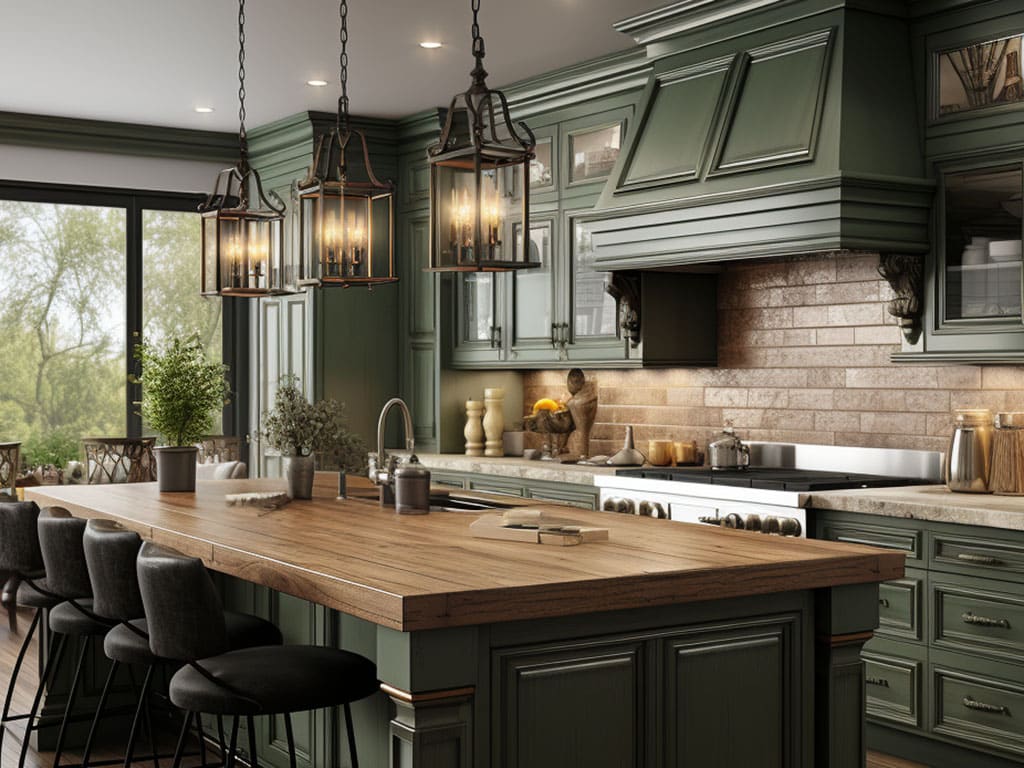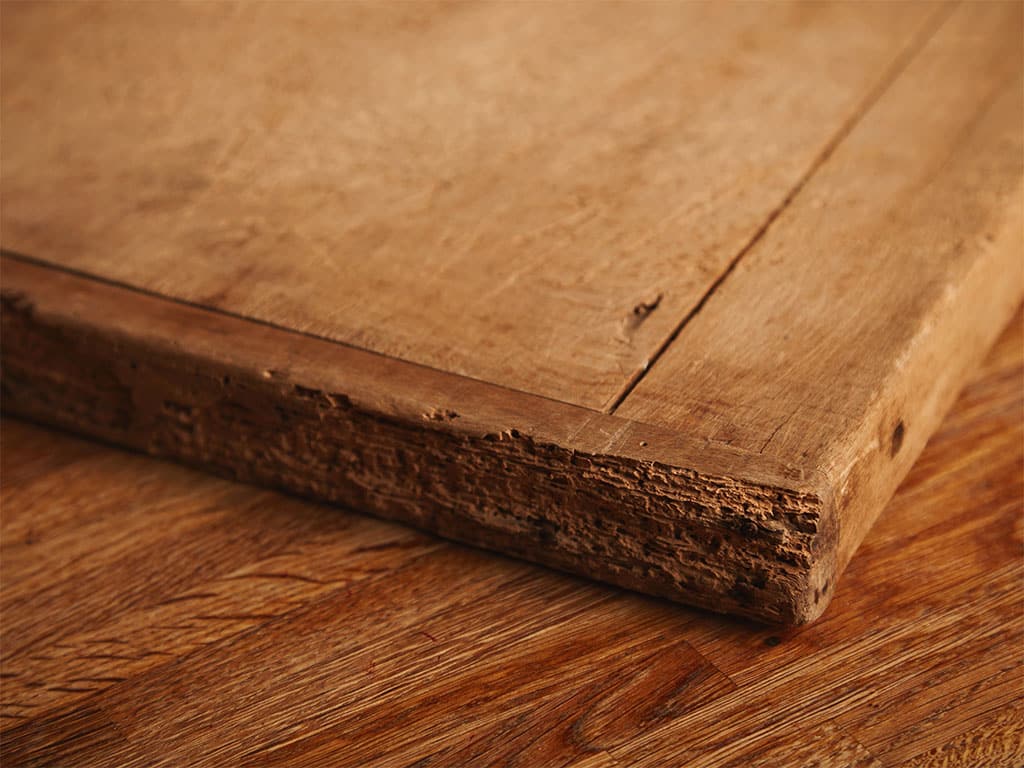If you plan to renovate or change your kitchen, keep in mind the wonderful variety of butcher block countertops!
Their popularity is getting higher due to the wide range of colors and styles you can choose from and, above all, their durability and affordability.
A butcher block countertop is suitable for all styles. It will give your kitchen warmth, natural coloring, and an incredibly unique character. Plus, wood has natural antibacterial and antimicrobial properties, making it a perfect material for the kitchen!

What is a butcher block?
A butcher block is basically a built-in cutting board made from straight cuts of woods glued together into a thick slab. Hence, it’s a solid and steady work surface and can be used as a tabletop, a counter, or, as the name suggests, a cutting board. Nonetheless, it can be the perfect match for any home. It can be made nearly of every wood: Maple, Cherry, Walnut, Mahogany, Red Oak and can even be crafted from Bamboo.

Once you pick your color, you need to choose one of the three basic assembly styles: edge grain, end grain, or face grain!
Edge grain is made by setting longboards on their sides, and joining them so that the long narrow edges form the surface. As it’s robust and cheaper than the other styles, it is often the most popular.
End grain is made by arranging the small rectangular blocks side by side so that the beautiful natural growth ring will show on the surface. It’s the strongest and the most durable as it will hide any knife marks, so it is definitely the best choice if you want to use your block for food prepping.
Face-grain butcher blocks are made with the most visible part of the wood, therefore the wide and broadside. Probably the best looking out of all three as you can get lost in the wood pattern you picked. Also it is the most delicate and less suitable for working counters.
To seal or not to seal?
As wood is a porous surface, you need to protect it from water, or over time it will end up with discoloration or, even worse: mold. Ideally, butcher blocks are not recommended around your sink. If you do, you need to properly seal them to protect them from the natural actions of expansion and contraction when it gets wet.

However, sealed countertops are not food or knife-friendly, so they cannot be used for food preparation. Unsealed and oil-finished wood is the only solution, but you have to remember that you might end up with stains, marks, and scratches if you are using it as a cutting board.
Butcher blocks require a little TLC, but if you are consistent, they will last for about 15-20 years, almost double as a regular laminated countertop!
For your daily cleaning, scrape off any residue with a plastic spatula, and then clean the surface with a cloth and some mild soapy water.
You need to sanitize, but it is an operation that will be done in seconds and very quickly with water and white vinegar.
You can make your own “sanitizing solution” by mixing water and vinegar in a spray bottle. You can also add a few drops of pure essential oils (make sure they are top quality and food grade).
If you happen to stain your surface, do not panic!
First, you can try removing the stain naturally: sprinkle some coarse salt on it and rub with half a lemon.
If “nature’s way” will not work, grab some fine sandpaper and rub the stain off. Sanding will work very well for burnt stains too.
You might eventually find with time either small or large cracks in your countertops.
You might repair the small ones yourself, applying a food-safe glue over the crack and let it dry—Sand the excess dried glue, and then clean and condition.
For large ones, it is always better to CALL IN A PROFESSIONAL.

Now let’s go to the real maintenance plan!
If you want the wood on your butcherblock to look sharp and last for a very long time, you will
Every 6 months or so, depending on the level of use and the type of wood, you will need to oil it to protect it, prevent cracking, or looking dull.
You can use specific Mineral oil (a non-drying oil that will NOT make your surface waterproof), or if you want to go for a more natural alternative, you could use hemp Oil or Pure Tung Oil (which is it’s a food-safe drying oil)
Never, ever use cooking oil as it will oxidize the surface and start to smell with time.
As always, the best solution is asking a professional or your installer!
Before applying the oil, you need to remove scratches and burns with fine sandpaper.
Let it dry for about an hour, then apply another coat, and you are all good for another 6 months!
Year after year, your counter will develop a unique and lovely patina on it.
A few more tips for a long-life counter!
- Use a regular chopping board for raw meat and fish or those particular veggies that you know will leave a stain, such as beets or turmeric.
- Keep undiluted chemicals away from wood to avoid accidental spills and damages.
- Do not keep wet dishes or wet towels directly on the wood.
- Always use a pad or a trivet to avoid burn marks.
So what are you waiting for?
Choose the assembly style and the wood that would fit your home better and plan the kitchen of your dreams!
